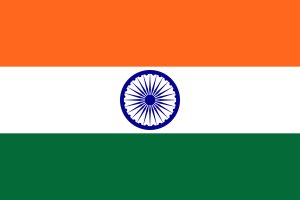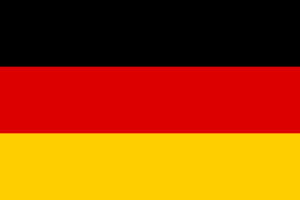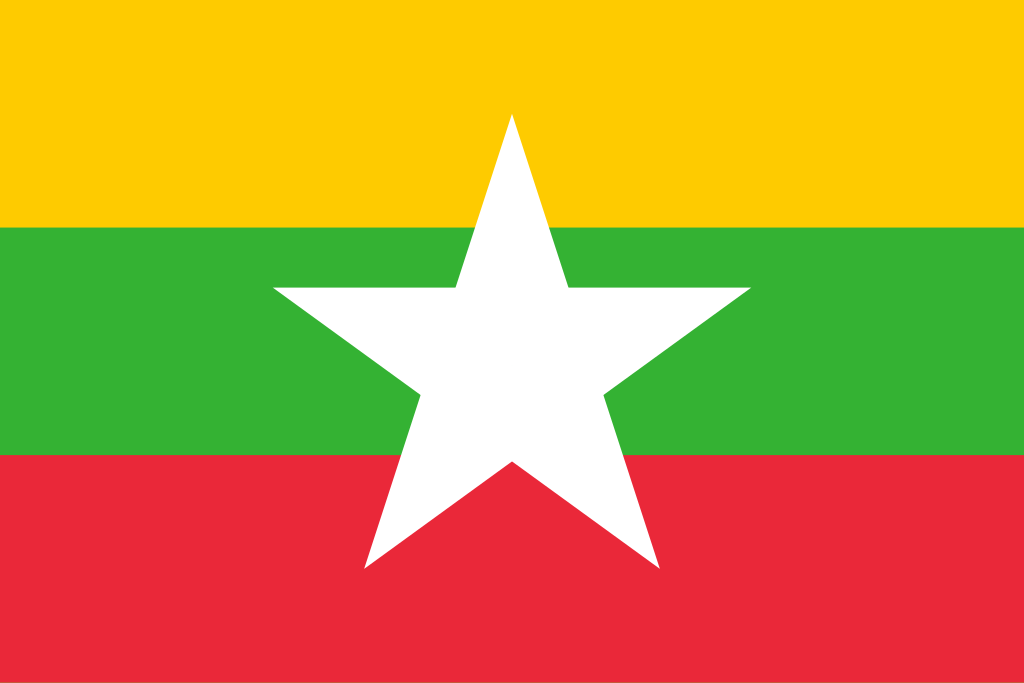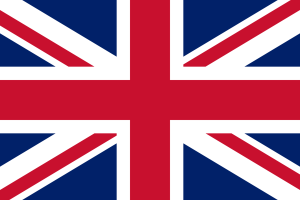The Most Spoken Languages in the World (And Why to Learn Them!)
There are just over 7000 official languages in the world, with many more languages and dialects without official status on top of that too. Yet despite this huge number, according to Ethnologue, just 23 major languages are spoken by over half the world’s population. In this article, we’ll be looking at some of the most spoken languages in the world and why they’re worth learning. Let’s get started! Here’s a List of the 10 Most Spoken Languages in the World: 1. English – The Global Lingua Franca When asked to guess the world’s most-spoken language, the majority of people would likely answer “English”, and they’d be right! As of 2022, English is thought to have some 1.5 billion speakers worldwide, with more non-native speakers of the language than native. In many ways, English can be considered the world’s lingua franca, allowing people of all different backgrounds and mother tongues to communicate. However, English is not the same the world over! While you might be familiar with some of the differences between American and British English (think “color” versus “colour” or “faucet” versus “tap”), there are many countries who also have their own Standard English, with standard spellings, pronunciations, and sentence structures. Indian English, for example, has a huge Hindi influence, with useful words such as “lakh” and “crore” to talk about big numbers. South African English, meanwhile, takes many terms from Afrikaans, such as “domkop” for idiot! Fun fact: English is not actually the official language of the United States of America. In fact, the USA does not have an official language recognized at the federal level at all. 2. Chinese – The Dominance of Mandarin There is no one language that is simply “Chinese”. Rather there is Mandarin, the official language of China, Cantonese, spoken primarily in Hong Kong, and many other dialects. If there was any debate over the most-spoken language in the world, it would have been between Mandarin Chinese and English. While English may have the most speakers in the world, Mandarin – closely following as the second most spoken language with 1.1 billion speakers – wins the trophy for the language with the most native speakers (around 918 million!). Learning Mandarin is quite a linguistic departure for those who are only familiar with European languages. The tone system, whereby the rise or fall of pitch across a syllable changes the meaning of a word, can be tricky. “Ma” with a level tone means “mother,” but with a falling then rising tone, it means “horse.” However, for those familiar with languages like Spanish, Mandarin does not have tenses, preferring to use time words such as “yesterday” or “tomorrow” to indicate when something is happening, keeping the verb form the same. 3. Hindi – The Heart of India Hindi, with around 600 million speakers, takes 3rd place for the world’s most-spoken language. There is no national language in India; however, as of today, the Indian constitution recognizes 22 major languages as the official languages of India in what is known as “the 8th Schedule” of the Constitution. Competing with over 120 other Indian languages, Hindi comes out on top as the one most widely-spoken across the nation and is certainly the one to learn if you’re a lover of Bollywood. Though the different script (Hindi is written in Devanagari) and complex grammar (Hindi has three different forms of address depending on different degrees of formality) may intimidate learners, speakers of major European languages like English, Spanish, and German may be surprised to know that Hindi is actually very distantly related to them. Hindi, as well as most European languages, descended from an ancient language which linguists call “Indo-European.” 4. Spanish – Unlocking Opportunities Across the Globe Spanish has a huge base of native speakers, spanning Central and South America as well as Spain in Europe. For this reason, it is one of the most advantageous foreign languages to learn as it unlocks a huge range of travel opportunities. With just five vowels, getting your head around the spelling and pronunciation of Spanish is a lot easier than languages such as English, where an “ou” spelling can be pronounced in many different ways. Indeed, according to the Foreign Service Institute (FSI), Spanish falls into category 1, requiring just 600 hours of study to reach general proficiency. This is much easier compared to category V languages like Arabic or Korean, which require 2200 hours to reach the same level of proficiency. 5. French – Language of Diplomacy and Culture French is not just the official language of France. Other European countries, such as Belgium and Luxembourg, have also adopted it. Most importantly, many African countries also use it as an official language, including Benin, Chad, and Mali. Considering the important economic potential of this region of the world, learning French is definitely not a waste of time! Due to the fast-growing number of its speakers, French now ranks as the 5th most spoken language in the world, just behind Spanish, with more than 280 million speakers. Despite its resemblance to other Romance languages, French is not an easy language to learn. The main difficulty lies in its complicated grammar and its many exceptions to the rule. Additionally, French has many silent letters and inconsistent pronunciations, which can lead to frequent spelling mistakes even among native speakers. 6. Arabic – A Linguistic Challenge with Cultural Richness Arabic is a notoriously hard language for English natives to learn, but with a huge number of speakers spanning North Africa to Asia and the Gulf, this language is sure to be of interest for anyone interested in the Islamic world or anyone looking for a language-learning challenge! There are upwards of 250 million Arabic speakers worldwide, and yet Arabic can differ dramatically across its various homelands. Each country has its own dialect of Arabic, making it harder for speakers from different regions to understand each other. That said, Modern Standard Arabic (MSA) serves as the lingua franca, understood across the Arabic-speaking world.
The Most Spoken Languages in the World (And Why to Learn Them!) Read More »














